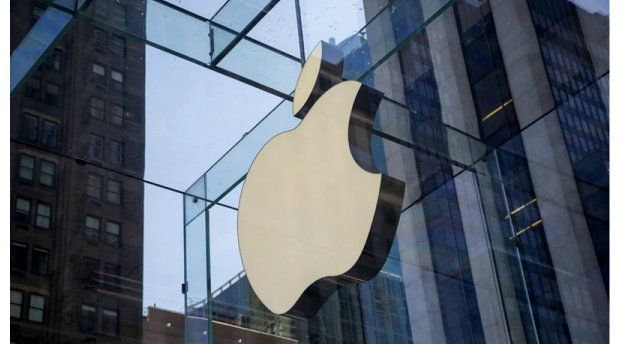Advertisers Heave Sigh Of Relief: Microsoft’s IE10 Doesn’t Stop Tracking, It Only Asks Not To Track Users
Post Views 1
Microsoft had said that this was being done to address concerns of consumer privacy and would prevent advertisers from tracking Internet activity.
Brendon Lynch, the Microsoft’s chief privacy officer had said, “This approach is consistent with Microsoft’s goal of designing and configuring IE features to better protect users privacy, while also affording customers control of those features. It also underscores that the privacy of our customers is a top priority for Microsoft.”
This, the advertiser’s rued, would make it hard for them to assess the browsing history of the users, upon which they normally targeted their ad campaigns.
However, advertisers can heave a sigh of relief as it is now apparent that the Internet Explorer Ten has an obvious slip-up that will enable advertisers to neglect and circumvent the DNT signal.
The escape-hatch is that DNY is only a signal that informs advertisers that users’ choices are not to be tracked. It is not a mechanism that works automatically or on its own blocks web ads from dropping tracking cookies into users’ computers.
The loophole presents the advertiser with a choice. He can disregard the signal, drop tracking signals, garner the information he seeks, or he can choose not to track. Of course chances of marketers opting for the latter are very slim indeed.
There is a complicated technical rationalization which is explained by Steve Sullivan, Vice President, Ad Technology, Interactive Advertising Bureau, he says, “IE 10 ‘do not track’ does not represent anything more than a flag sent by the browser in the form of an HTTP header. This is a passive thing that does not result in any kind of blocking. DNT has always been envisioned as a voluntary guideline.”
Lynch in his blog had signaled that the DNT may not fully serve the purpose of its intent. Sending the signal is the initial and small part of the entire process. It needs a common agreement and understanding between the industry, the consumers and the websites, of each other’s wants for it to be truly effective, he wrote.
There has to be clear cut agreed upon definition of how to respond to a DNT signal, for it to be truly valuable and effectual.
IE10 launch created a furor in the ad industry, for the web ad industry relies heavily upon their ability to track users’ online activities with that gives them the knowledge of their likes and dislikes and which demographics group they belong to. Such information helped advertisers to focus on specific targets, to make their ads more relevant and effective.
Without cookies, advertising would become more broad based and reach unintended audiences and miss out on the ones that it was meant for.
In June, dismayed executives from major ad agencies had confronted Microsoft to enquire whether they were bent on destroying the worth of ad inventory seen by an IE user.
Most marketers say that the default DNT should be totally disregarded and the choice is not worthy of respect. “There is nothing unscrupulous at all in ignoring a DNT signal,” they claim.
In the end it seems that the DNT was a bomb that promised to cause a bang but fizzled out without a whimper, with both Microsoft and the Advertisers in their respective corners, satisfied contestants of a bout that need not take place.
Advertisers Heave Sigh Of Relief: Microsoft’s IE10 Doesn't Stop Tracking, It Only Asks Not To Track Users by Harrison Barnes


 More and More Companies Moving to Digital Advertising
More and More Companies Moving to Digital Advertising  Digital Advertising Hits a Road Block with Ad Blockers
Digital Advertising Hits a Road Block with Ad Blockers